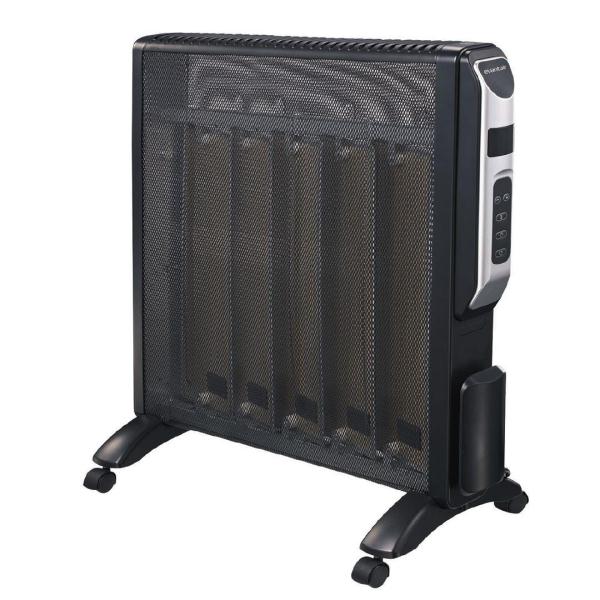Table of Content
A home equity loan, also known as a second mortgage, lets homeowners borrow money by leveraging the equity value in their homes. Home equity loans exploded in popularity in the late 1980s, as they provided a way to somewhat circumvent the Tax Reform Act of 1986, which eliminated deductions for the interest on most consumer purchases. With a home equity loan, homeowners could deduct all of the interest when they file their tax returns. With the fixed rate option, you can lock in a fixed rate on all or any portion of your variable balance at any time. Interest rates for home equity lines and loans are typically lower than for other forms of credit because your home is used as collateral – meaning the risk to a bank is less than with an unsecured loan.
The second type of escrow account, aka a mortgage escrow account, comes into play once you’ve actually purchased a home. It’s managed by your mortgage lender or servicer, and the funds in it are used to pay property taxes, homeowners insurance and mortgage insurance . An escrow account is sometimes required, and sometimes it’s not. It depends on the type of loan you get, as well as your financial profile.
About VA Loans
Here’s the key information on both HELOCs and home equity loans. At Bankrate we strive to help you make smarter financial decisions. While we adhere to stricteditorial integrity, this post may contain references to products from our partners. To cancel, you must inform the lender in writing within the three-day period. Then the lender must cancel its security interest in your home and must also return fees you paid to open the plan. Like home equity loans, you use your home as collateral for a HELOC.

If you have a history of late payments, lenders may be less willing to lend to you, even if you have an otherwise decent credit score. This is because they don’t want to risk losing money in the event that you can’t pay your bills. Before you apply for a home equity loan, calculate your DTI. If you’re above your potential lender’s optimum ratio, pay off as much debt as you can. Try starting with the debt avalanche method, where you first pay off debts with the highest interest rates.
Are there exceptions to the Three Day Cancellation Rule?
If an application is mailed to the consumer following a telephone request, however, the creditor also must send the disclosures and a brochure along with the application. The disclosures required by paragraph of this section shall be made clearly and conspicuously and shall be grouped together and segregated from all unrelated information. The disclosures may be provided on the application form or on a separate form. The disclosure described in paragraph , the itemization of third-party fees described in paragraph , and the variable-rate information described in paragraph of this section may be provided separately from the other required disclosures. When you use a 0 percent intro APR credit card, you can avoid paying interest on purchases during a promotional period that often lasts between 6 and 21 months.

Bank personal checking or savings account receive a 0.50% interest rate discount for home equity loans. This discount can be applied in ourhome equity rate and payment calculator. The actual definition of escrow, in law, is a bond, deed, or document held by a third party -- and this bond, deed, or document will take effect only when specific conditions have been met. Alternatively, escrow can be an account set up by a broker for holding funds on behalf of the broker or some other person until the completion or termination of a specified transaction.
Estás ingresando al nuevo sitio web de U.S. Bank en español.
To waive the escrow account you will need to have a conversation with your mortgage consultant at the beginning of the mortgage application process. A large majority of homeowners choose to include the optional escrow account as a part of their conventional mortgage. Escrow accounts are required on all government backed mortgages including FHA, USDA, and VA loans.

The draw period is 10 years, where you have ongoing access to available funds and can use the funds how you'd like. During the draw period, you have the option to select a minimum monthly payment of either 1% or 2% of the outstanding balance, or interest only for those who qualify. Once the draw period ends, the account enters the repayment period.
Closing
Equitystrippingwhich involves practices that reduce the value in your home,can happen when the lender offers financing based on the equity in your home, not on your ability to repay. If you can’t make the payments, you could end up losing your home. Insurancepackinghappens when the lender adds to your financing credit insurance or other insurance products that you may not need. It depends on several things, includingyour creditworthinessThat means your history of regularly repaying money and the amount of debt you owe now. Before you sign, read the loan closing papers carefully.If the loan isn’t what you expected or wanted, don’t sign.
If a credit card offers a 0% APR for 18 months, for example, you may be able to keep the card balance until you’re able to get a second mortgage loan to pay off the card. If you time it right, you’ll avoid the credit card’s punitive charges. When the draw period ends, you can no longer tap the credit line and must repay it over a predetermined number of years. With its variable interest rate, your payment could change every month. If you have a fixed-rate loan , you’ll make equal monthly payments over the loan’s term until it’s paid off.
VA loans, for example, you’ll need 10% down and a strong credit profile to opt out of having an escrow account. For conventional loans, you’ll need to have a down payment of 20% or more. FHA loans require all borrowers to have an escrow account. Your mortgage servicer manages your mortgage from closing until you pay off your loan. Mortgage servicers are responsible for collecting your mortgage payment, maintaining the records of payments and managing your escrow account. The historical example must reflect all features of the repayment period, including the appropriate index values, margin, rate limitations, length of the repayment period, and payments.

Creditors may provide, based on a typical or representative amount of credit, a range for such fees or state the dollar amount of such fees. Fees may be expressed on a unit cost basis, for example, $5 per $1,000 of credit. If closing costs are imposed they must be disclosed, regardless of whether such costs may be rebated later . The disclosures required under this section need be made only as applicable.
Avoid a lender who wants you to apply to borrow more than the amount you need. The FTC and its law enforcement partners announced actions against several income scams that conned people out of hundreds of millions of dollars by falsely telling them they could make a lot of money. One of those scams was 8 Figure Dream Lifestyle, which touted a “proven business model” and told... If you recently bought or refinanced your home, you may not have enough equity built up to warrant a second mortgage or a cash-out refinance just yet.

A creditor may terminate a plan and accelerate the balance when the consumer fails to meet the repayment terms provided for in the agreement. However, a creditor may terminate and accelerate under this provision only if the consumer actually fails to make payments. For example, a creditor may not terminate and accelerate if the consumer, in error, sends a payment to the wrong location, such as a branch rather than the main office of the creditor. If a consumer files for or is placed in bankruptcy, the creditor may terminate and accelerate under this provision if the consumer fails to meet the repayment terms of the agreement.












